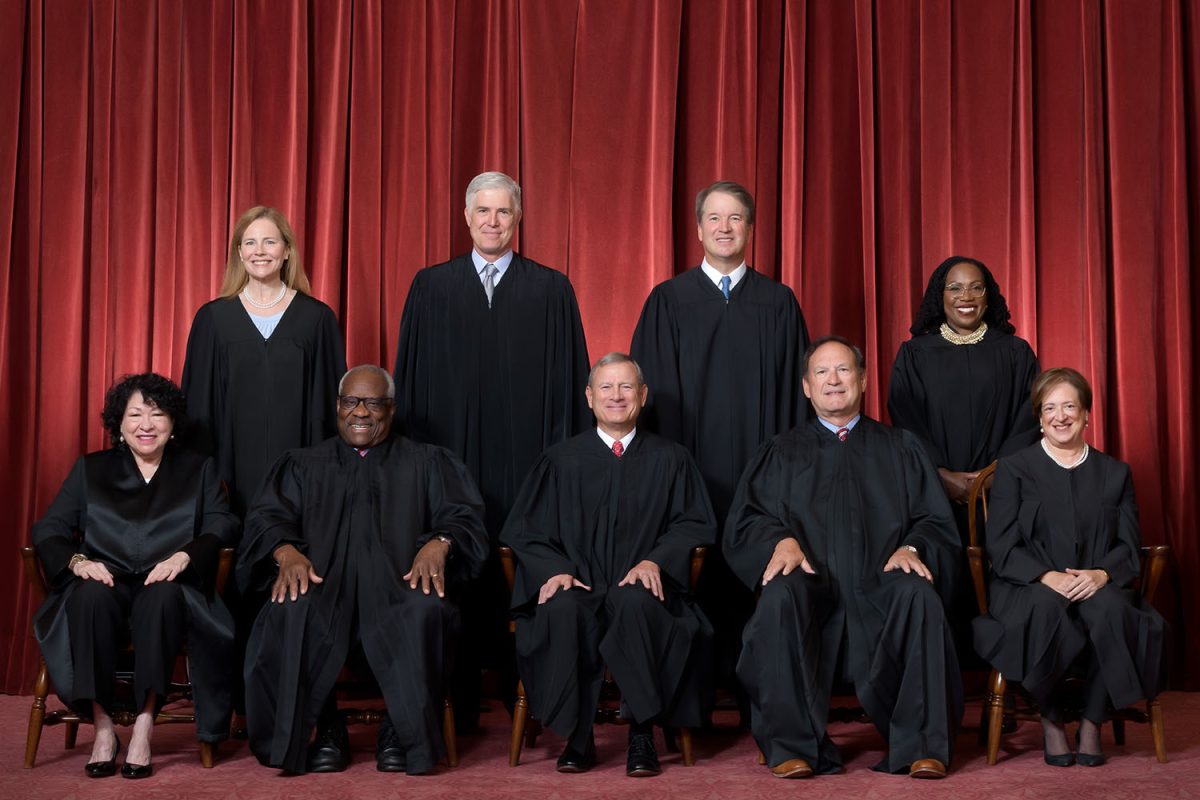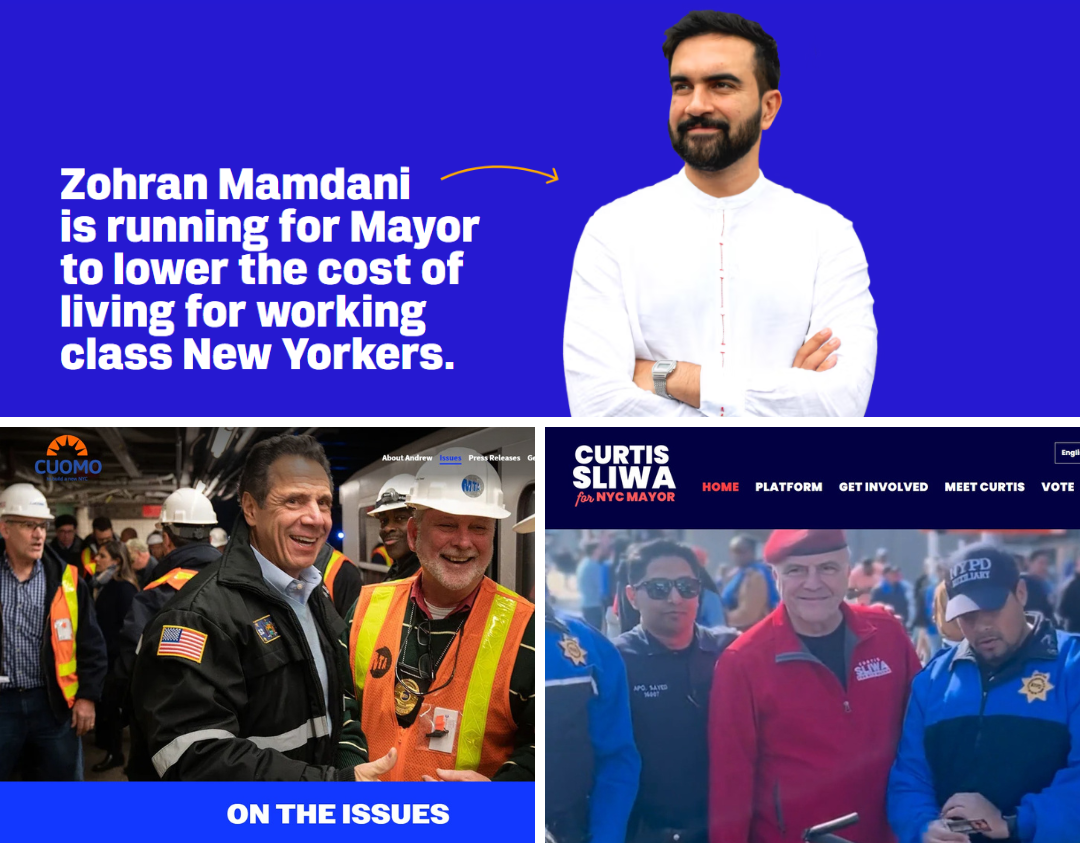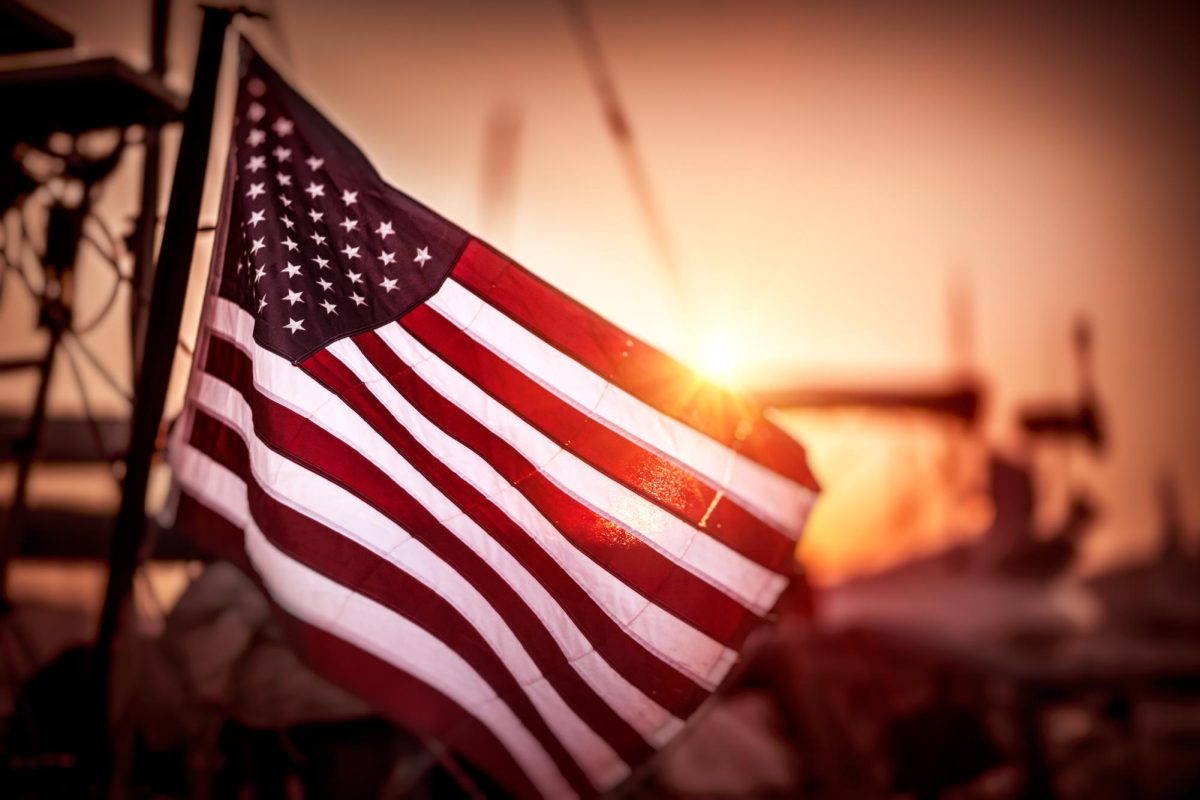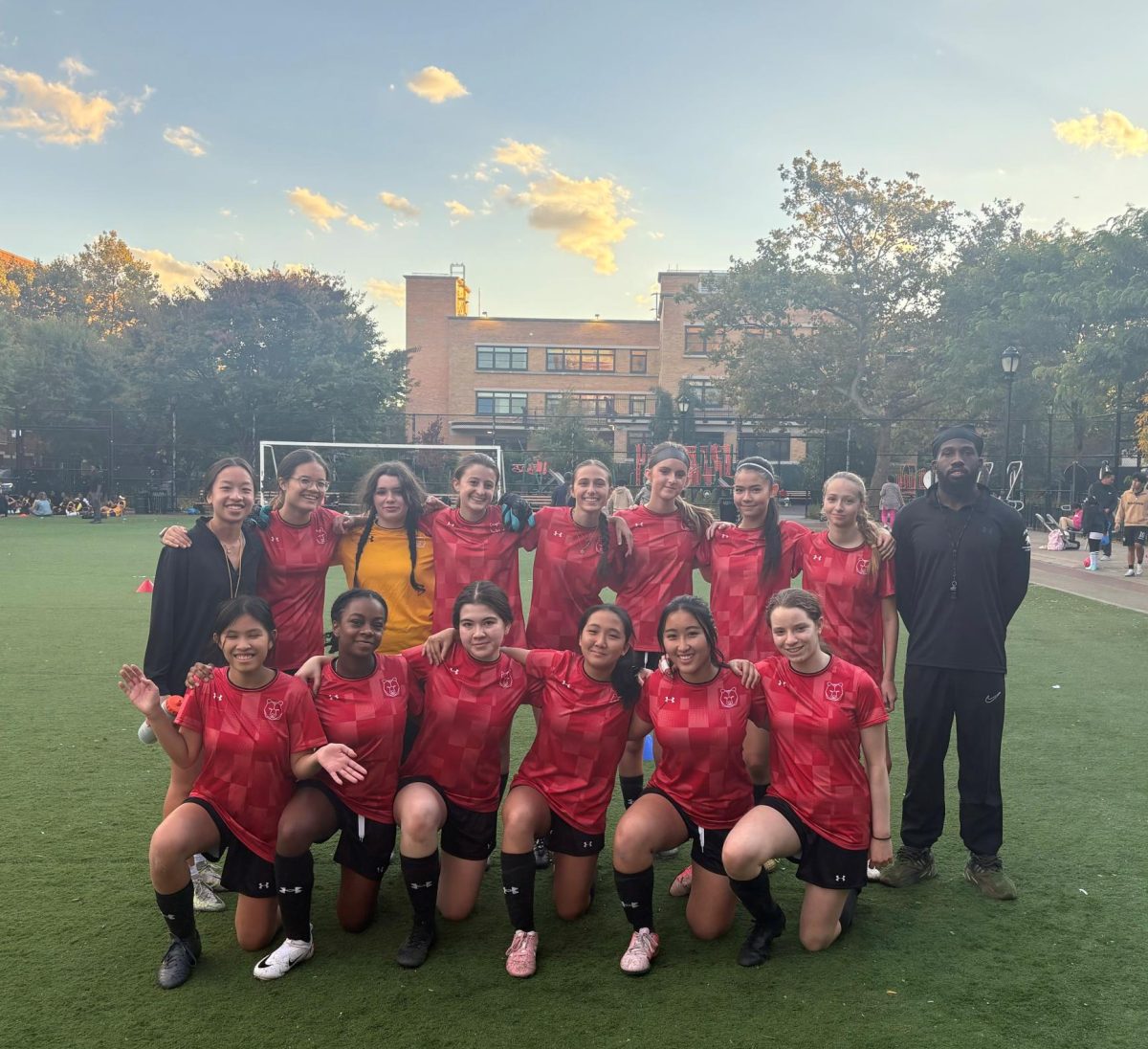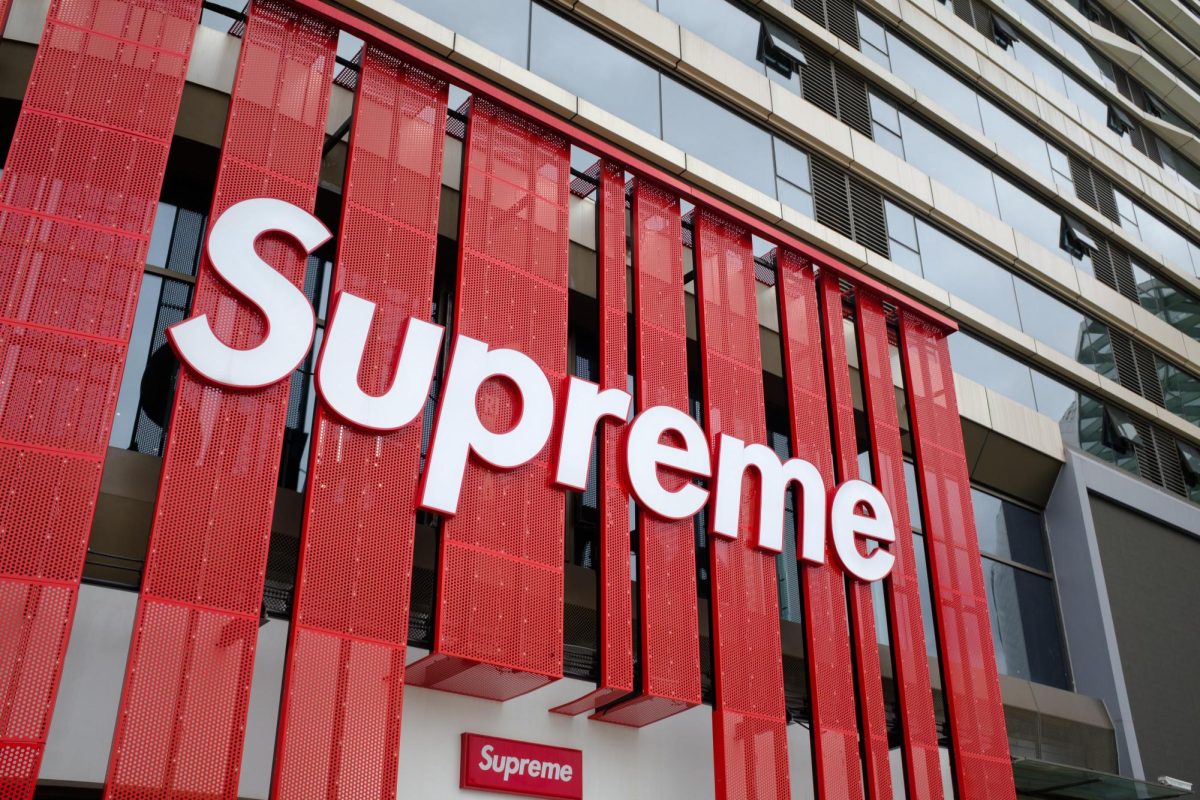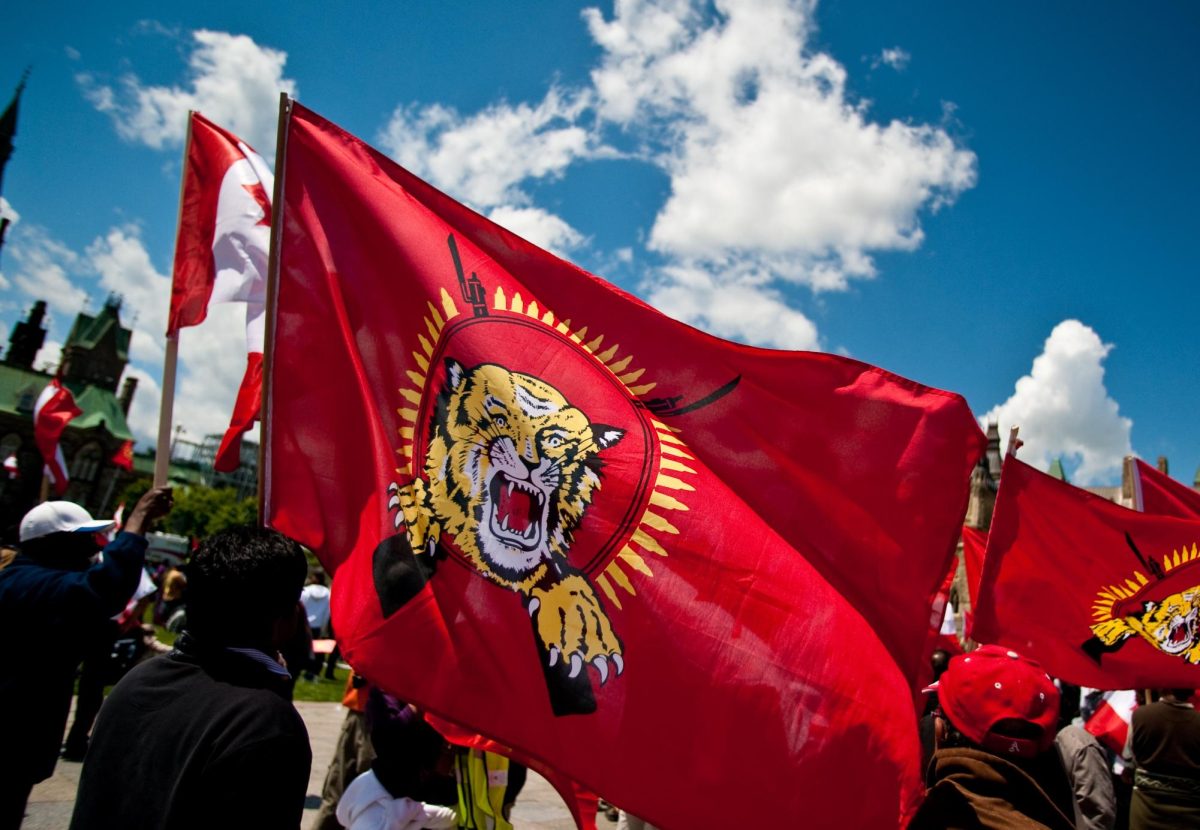On March 4th, the Supreme Court ruled in a majority opinion that Trump can stay on the voting ballot for the 2024 presidential election. The justices agreed unanimously that states cannot remove him or try to bar him from this upcoming election, even given his insurrection charges. However, the court’s majority, composed of far-right judges, extended the ruling to include the decision that only Congress, not the states, can decide whether a candidate can be barred from running for office. The liberal minority argued that the extension of the ruling had the effect of “[insulating] the court and Mr. Trump ‘from future controversy’.” It changes the dynamic between the states and the federal government while simultaneously creating a deeper distrust in the Supreme Court.
The validity of Trump’s presidency has been discredited by multiple states, such as Colorado, Maine, Illinois, and California (in review). The judges in the respective states used section 3 of the 14th Amendment, which “bars from office anyone who once took an oath to uphold the Constitution but then “engaged” in “insurrection or rebellion” against it.” The case was brought to the Supreme Court, which can be necessary when there is a deep divide in policy, in order to find common ground. The Supreme Court ruled that the power of section 3 was given only to Congress and removed from the states.
From his Mar-a-Lago home, Trump commented that the ruling “goes a long way towards bringing our country together, which it needs.” Colorado’s Secretary of State, in contrast, expressed disappointment and sadness at the turn of events.
There seems to be a trend with the Supreme Court expanding its power and influence. With these types of decisions, the court becomes more and more involved in political outcomes, hence decreasing the impartiality of rulings. Since the U.S. was established, the court has been designed to be a separate entity from the rest of the government where justices rule without the influence of partisan ideas coming from Congress or the President. However, the court is becoming heavily intertwined with politics.
In 2000, Bush v. Gore came before the Supreme Court because of a miscount of votes in Florida in that year’s presidential election. The Supreme Court ruled that because “different standards were applied from ballot to ballot, precinct to precinct, and county to county,” Florida couldn’t recount the vote, thus allowing a victory to Bush. This was the first time the ostensibly unbiased court ruled regarding an election. Most importantly, this decision determined the outcome of the 2000 election. It is possible we may see a similar instance in Trump v. Anderson where the court’s decision may impact election results, as Trump can remain on the ballot in all fifty states.
The Supreme Court has the immense power of ruling on the constitutionality of policy and legislation for the entirety of America. However, many believe that to make better judgments, the court needs to remain impartial to outside influences and beliefs.

